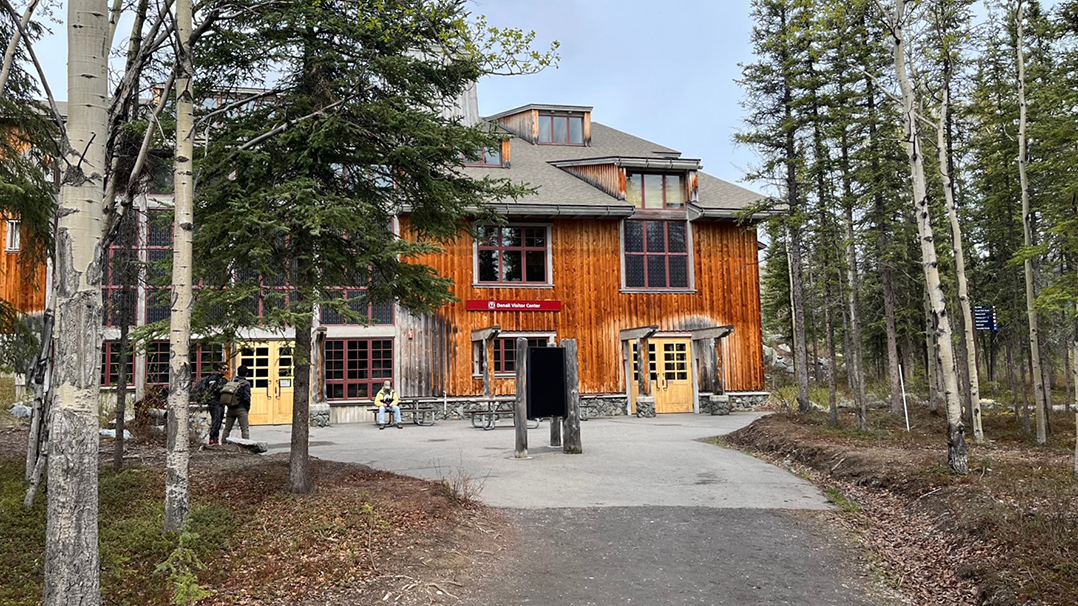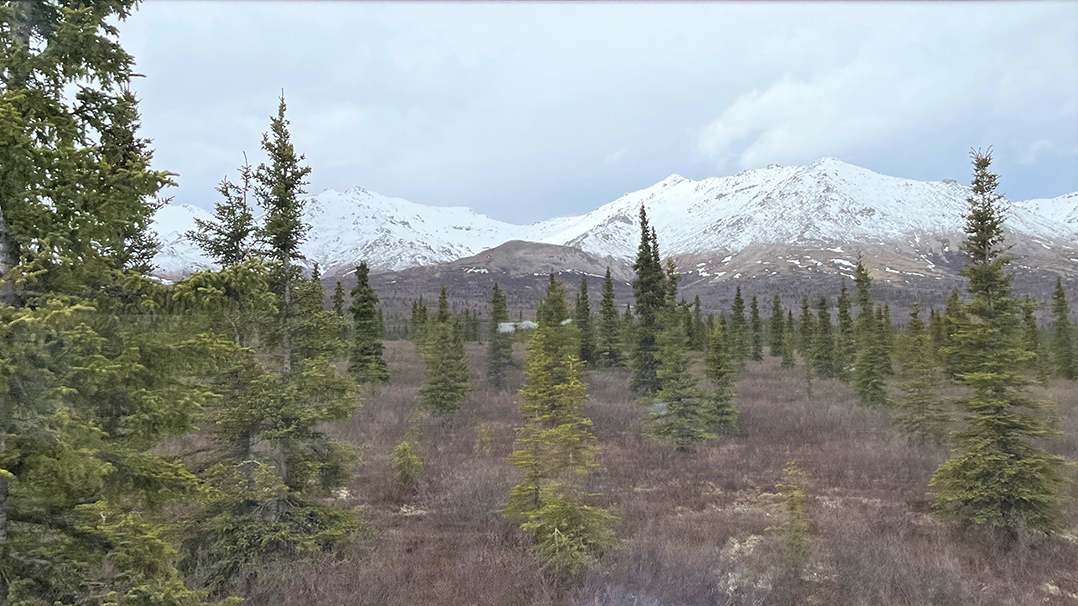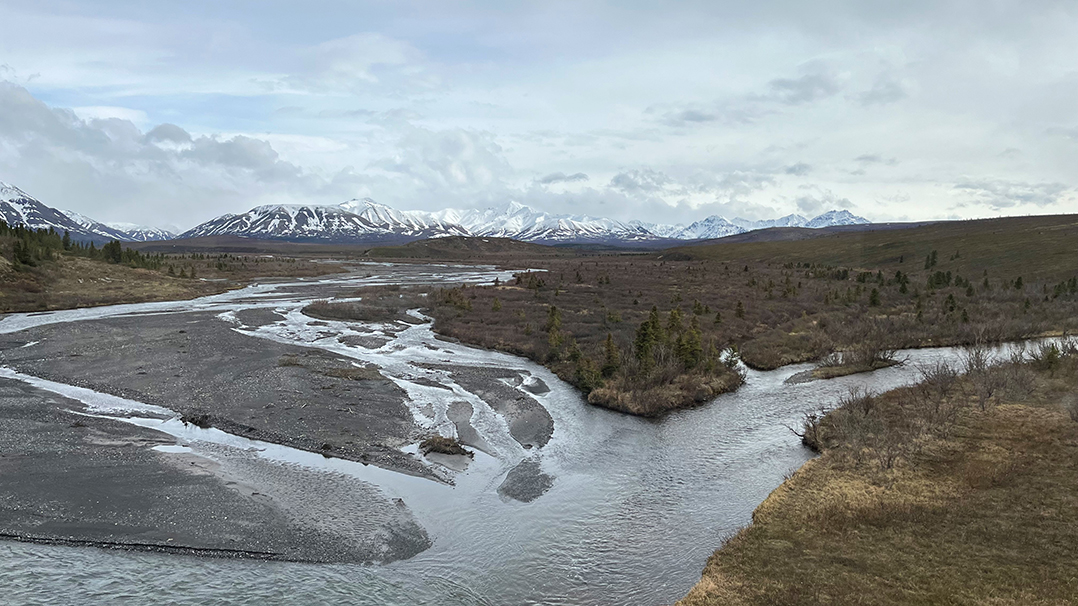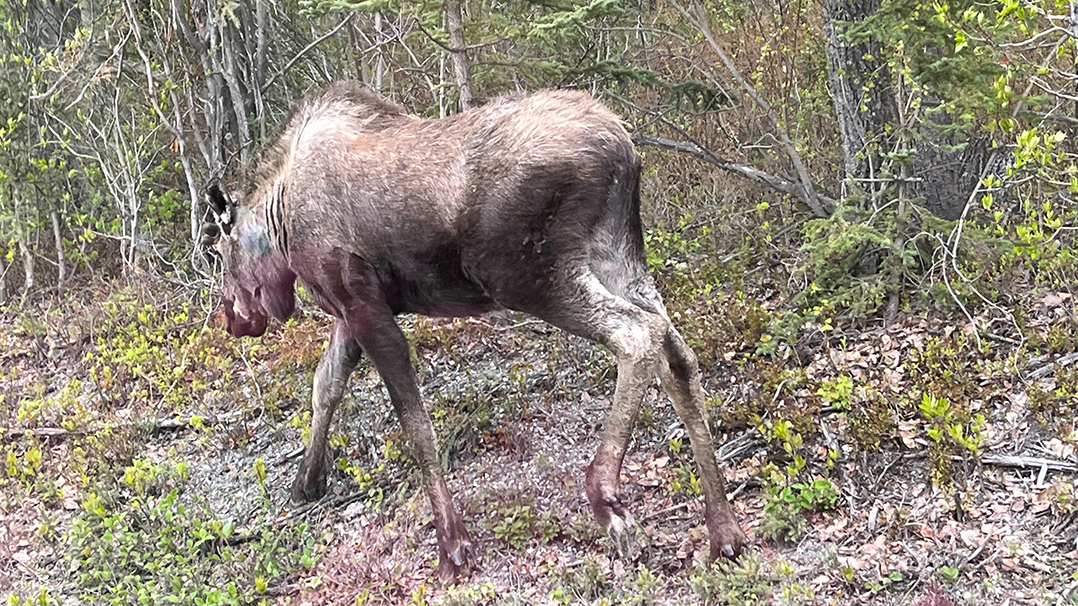Today, on our continuing journey through Alaska, we visit Denali National Park & Preserve.
In 1906, American conservationist Charles Sheldon initiated efforts to create a national park around then-Mount McKinley, the tallest mountain in North America, to protect the pure-white Dall sheep that lived at high elevations in the area. On Feb. 26, 1917, President Woodrow Wilson signed legislation creating Mount McKinley National Park. In 1937, a 93-mile road paralleling the Alaska Mountain Range, most of it still unpaved today, was completed from the park’s entrance to about its center. In 2015, President Barack Obama renamed the mountain Denali, the name, meaning “high one,” given it by the indigenous Athabaskan people.
After several additions, the Denali National Park & Preserve now encompasses about 6 million acres, one fourth the size of Indiana. About 600,000 people visit each year to view the sparkling lakes and snow-capped mountains. Glaciers cover about one-sixth of the park’s areas. Run off from the shrinking glaciers creates “braided rivers,” with their strands constantly changing. Large animals in the park include caribou, moose, grizzly bears, black bears and Dall sheep. Smaller animals include coyotes, foxes, wolves, beavers, porcupines and more. Private vehicles are allowed only on the first 15 miles of road, ending at Savage River. Tour buses, leaving from the informative visitors’ center, go further, with knowledgeable guides stopping whenever anyone spots an animal. Guides use hand signals to tell each other of animals ahead. In the winter, travel within the park is limited to dog sleds.
For anyone going to central Alaska, at least a day in Denali National Park & Preserve is a must. However, unless you intend to spend a long time, don’t go just for the opportunity to see Denali. Because of persistent clouds, visitors have only a 30 percent of sighting the 20,000-foot-tall mountain.








